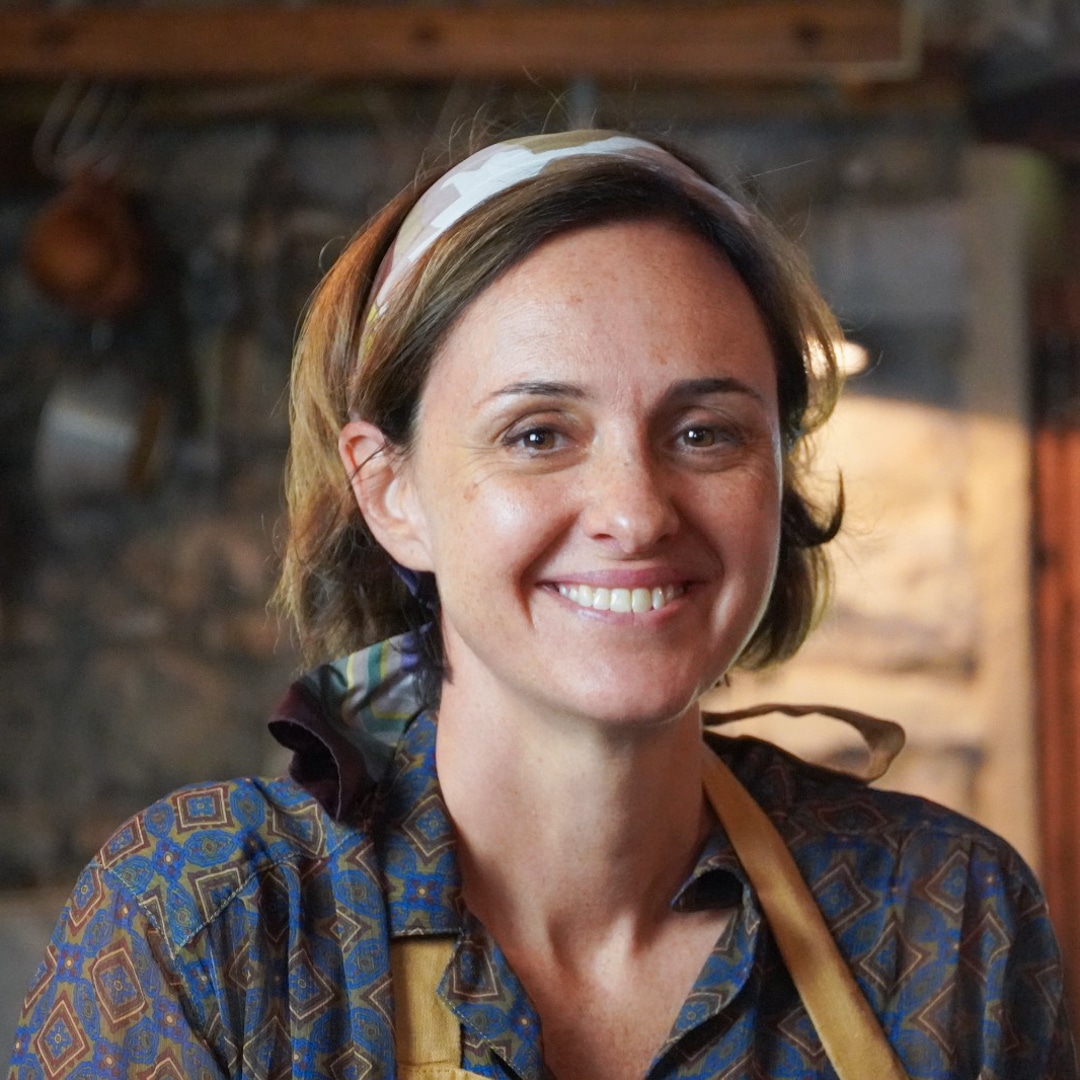
I decided to open this blog with one of the first dish I remember to have entirely made by myself and which made me feel a real cook and so proud of myself.
I was about 7 years old when, after childhood hours spent sat in my grandmother (Nonna Mina Mina) ’s kitchen watching her kneading doughs dust of flour from hair to toes, she eventually decided that I deserved to be promoted and have access to the marble board to prepare green picagge!
I did my best also considering the responsibility to prepare the Sunday lunch for the entire family and the result was pretty (and incredibly) good…as often happens when you commit with passion and wish to make someone you love proud of you.
This kind of homemade pasta is very easy to shape. The size of the strips in fact is wider than tagliolini (Picagge in Genoa dialect indeed means cotton ribbons and they are of about 4 cm width) and you don’t need a machine for rolling out the dough nor to be very precise.
Maybe this is the reason why my grandma let me try them and the reason why I let my son help me this time!
So, this is the recipe I remember by heart.

WHAT YOU NEED:
For the homemade pasta:
2 cups of durum wheat flour
2 eggs
2 cups of fresh borages leaves (you can use spinaches as well)
a small pinch of salt
water to taste
For the sauce:
1 spoon of butter
2 fistful of parmesan chees
cooking water to taste
HOW YOU PREPARE IT:
1.Clean and dry accurately the borages, boil them for 2-3 minutes, squeeze them very hard and chop them finely.
2. Pour the flour on a flat surface in a mound and made a hole in the middle creating a crater. Drop the eggs and the borages in the crater and sprinkle the salt.
3. Beat the eggs and the veg in the flour crater with a fork first. Then star adding flour to the mix gently digging the side of the crater with the fork.

When it begins to blend dig your hands and star knead it!
The very secret to knead a homemade pasta dough is to strongly believe that “Yes, you can!” regardless the clammy mess it makes at the very beginning
4. When the dough commence to “stay together”, start blending and pressing it with the lower part of your palm for many times.
If it remains too dry and in flakes add a small quantity of water just wetting your palms. Repeat if needed until you get a dough soft and elastic. You can check if its elastic enough making a hole with your finger in the dough: if the dough return in its previous shape and the hole disappear its ready.
Kneading dough is very stress free and relaxing. Just try to put your (well hidden) anger in your hands and you will get surprised of the results!

5. When the dough is smooth and homogenous (and you feel more relieved), let it rest under a humid tea cloth for half an hour.
6. Once the break is finished (actually if I’m in a hurry I skip this passage), it’s time to roll the dough with a rolling pin into a 1-2 millimiters sheets.
It is very important that the working surface is dust with a large quantity of flour.
I suggest to separate the dough in two/three smaller balls and to work them one at a time (be sure that the waiting balls remain under the humid tea cloth).

7. Then take a knife or a pasta cutter and cut the dough in stripes of a width of about 4 cm… Good job, here your picagge are!!


Be very careful to keep the picagge on a surface dusted with flour and dust some flour on their top (I usually put them on a couple of trays which make me easier to move them in the kitchen if I have to cook something else before boiling and need space).

8. To cook picagge boil them for 5-7 minutes in salted water (the pan needs to be big and full of water, the more the better!). To avoid that the pasta stick together when boiling add a spoon of oil in the pan and stir gently immediately after having dig it and thereafter quite often.
To enjoy the delicate herbal flavor of this kind of homemade pasta at home we use to season it generously with parmesan cheese and butter. Simply.
Always remember to keep a cup of the water where the pasta boiled and add a couple of spoons (or to taste) to the dish before serving if the pasta dries too much. The hot water will mix with the parmesan cheese and make an irresistible cream! Lets taste!
Sharing is caring!
If you like this post and wish to help me growing please push the “share” bottom here below!




